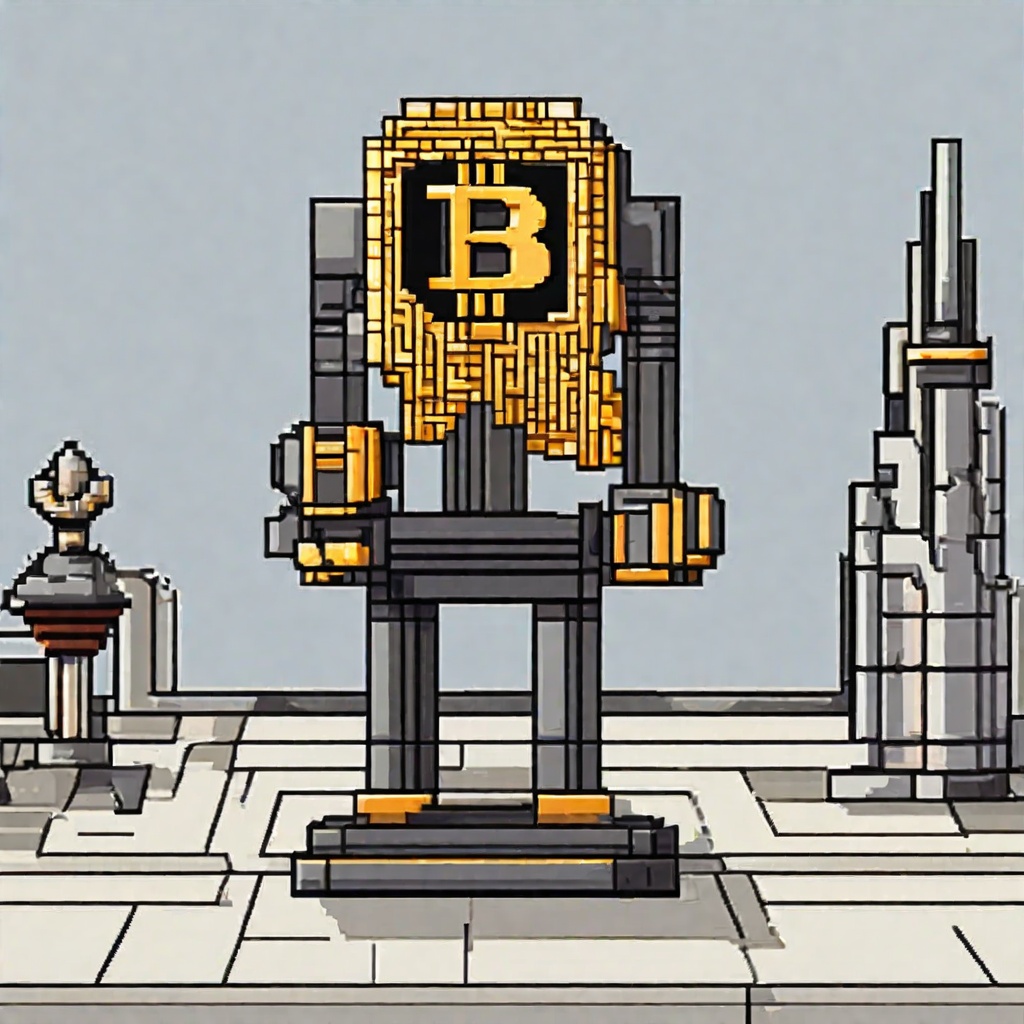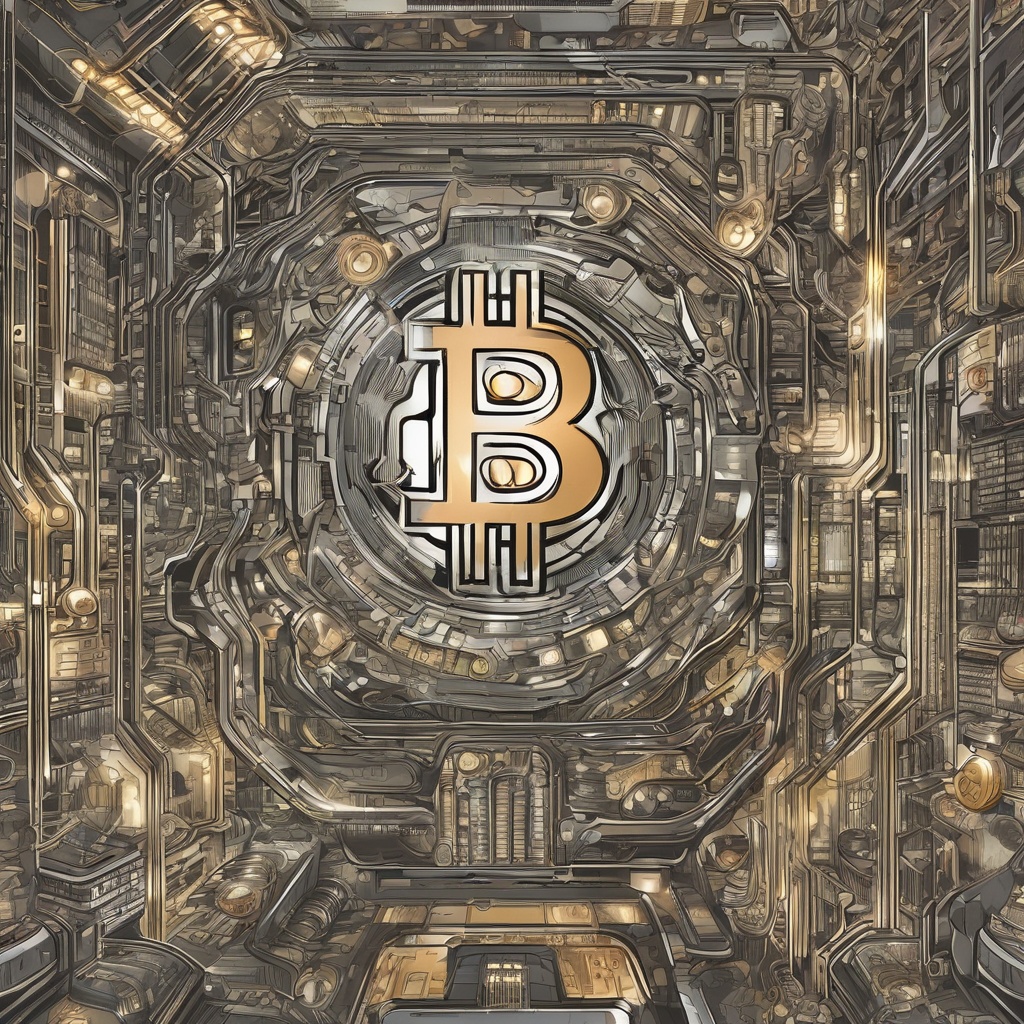Which stablecoin is safest?
When it comes to the question of which stablecoin is the safest, it's important to consider several factors. Firstly, we need to look at the underlying asset that the stablecoin is pegged to. Is it a fiat currency like the US dollar, or is it a commodity like gold? The stability of the underlying asset will directly impact the stability of the stablecoin. Secondly, we need to consider the issuer of the stablecoin. Who is behind the project? Do they have a proven track record in the cryptocurrency and finance industry? A reputable issuer with a strong track record is more likely to have the resources and expertise to maintain the stability of their stablecoin. Thirdly, we should also consider the level of transparency and regulation surrounding the stablecoin. Is the project fully transparent, with regular audits and financial reports? Are they subject to regulatory oversight? A stablecoin that is transparent and regulated is more likely to be trustworthy and safe. So, in summary, the safest stablecoin will depend on the underlying asset, the issuer, and the level of transparency and regulation. It's important to do your research and carefully consider these factors before investing in any stablecoin.

What is the safest wallet to store USDT?
When it comes to storing USDT, or Tether, which is a stablecoin pegged to the value of the US dollar, finding the safest wallet is crucial for maintaining the security of your funds. So, what is the safest wallet to store USDT? Well, the answer isn't straightforward as the safety of a wallet largely depends on your individual needs and preferences. However, hardware wallets, such as Ledger or Trezor, are generally considered to be the most secure option for storing cryptocurrencies, including USDT. These wallets store your private keys offline, making them less vulnerable to online attacks and hacks. Another option is to use a reputable and secure software wallet that supports USDT. Some examples of software wallets that are known for their security include Trust Wallet, Exodus, and Atomic Wallet. It's important to note that software wallets, unlike hardware wallets, are connected to the internet, which makes them more vulnerable to potential attacks. Ultimately, the safest wallet for storing USDT will depend on your individual needs, such as how often you plan to access your funds, your level of technical expertise, and your overall security concerns. It's essential to do your research and choose a wallet that meets your specific requirements and offers the highest level of security.

Which cloud is the safest?
When it comes to the safety of cloud storage for cryptocurrency and financial data, it's a question that many individuals and businesses grapple with. With the increasing number of cyber threats and data breaches, it's essential to choose a cloud provider that prioritizes security. But with so many options available, how do you determine which cloud is the safest? Firstly, it's important to consider the provider's security measures. Does the cloud service offer robust encryption for data at rest and in transit? Do they have robust access controls and identity management systems in place? Are there regular security audits and penetration testing conducted to identify and mitigate vulnerabilities? Additionally, you should also consider the provider's compliance with industry standards and regulations. Look for cloud providers that are certified for security and privacy standards such as SOC 2, HIPAA, and GDPR. These certifications indicate that the provider has met rigorous security requirements and is committed to protecting your data. Finally, it's important to consider the provider's disaster recovery and business continuity plans. In the event of a security incident or natural disaster, you want to ensure that your data is protected and that your business can continue to operate seamlessly. In conclusion, when asking 'which cloud is the safest?', it's important to consider the provider's security measures, compliance with industry standards, and disaster recovery plans. By thoroughly researching and evaluating these factors, you can make an informed decision and choose a cloud provider that prioritizes the safety and security of your cryptocurrency and financial data.

Which type of boat is the safest?
I'm curious to know, when it comes to boating safety, which type of boat stands out as the safest option? Is it the sturdy and reliable fishing boat, designed for rough waters and harsh conditions? Or perhaps the sleek and modern speedboat, built for high-speed thrills but also equipped with advanced safety features? Or could it be the versatile and spacious pontoon boat, known for its stability and family-friendly amenities? Each boat has its own unique safety features and considerations, so I'm eager to hear your thoughts on which one you believe to be the safest choice.

What is the safest stable token?
In the realm of cryptocurrency and finance, a question that often arises is: What is the safest stable token? With the myriad of options available, from fiat-collateralized to algorithmic and non-collateralized, it's crucial to navigate the landscape with caution. Each type presents its own unique advantages and risks, making the search for the safest option a nuanced endeavor. For those seeking stability amidst the volatility of digital currencies, understanding the underlying mechanisms and collateralization of a stable token is paramount. Does it rely on a basket of fiat currencies for its value, ensuring a tangible backstop? Or does it utilize complex algorithms that aim to maintain stability through market mechanisms? And what about non-collateralized stablecoins, which often promise decentralization but come with their own set of uncertainties? So, I pose the question to you, esteemed reader: In your expert opinion, what is the safest stable token currently available? How do you weigh the pros and cons of each type, and what factors do you consider when making your assessment? Join the conversation and let's delve deeper into the world of stablecoins and their potential to offer stability in an ever-evolving digital landscape.

